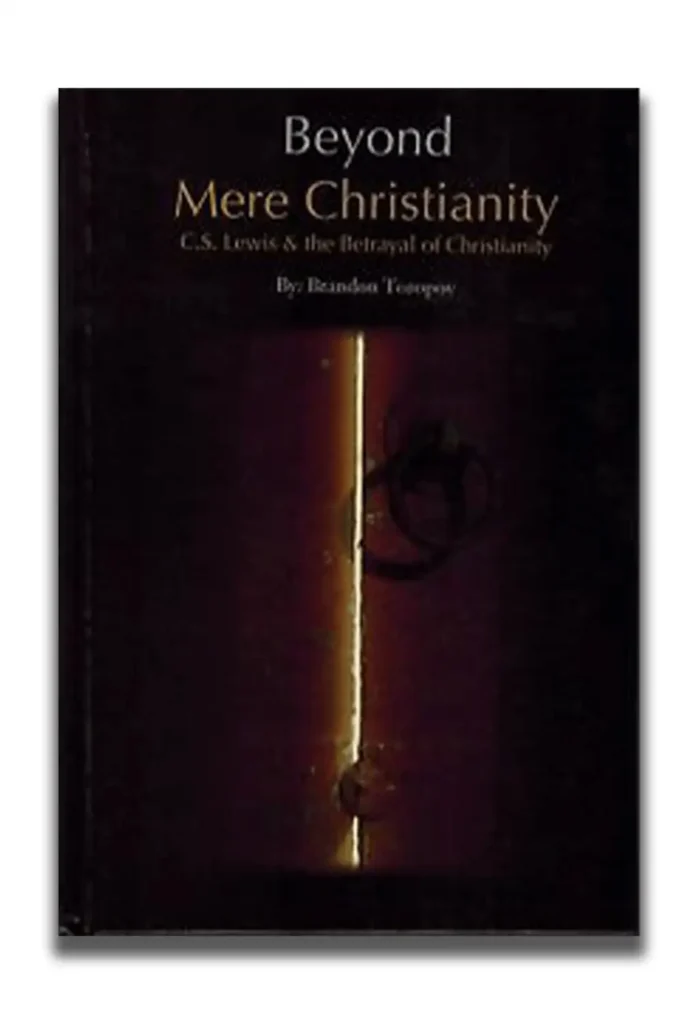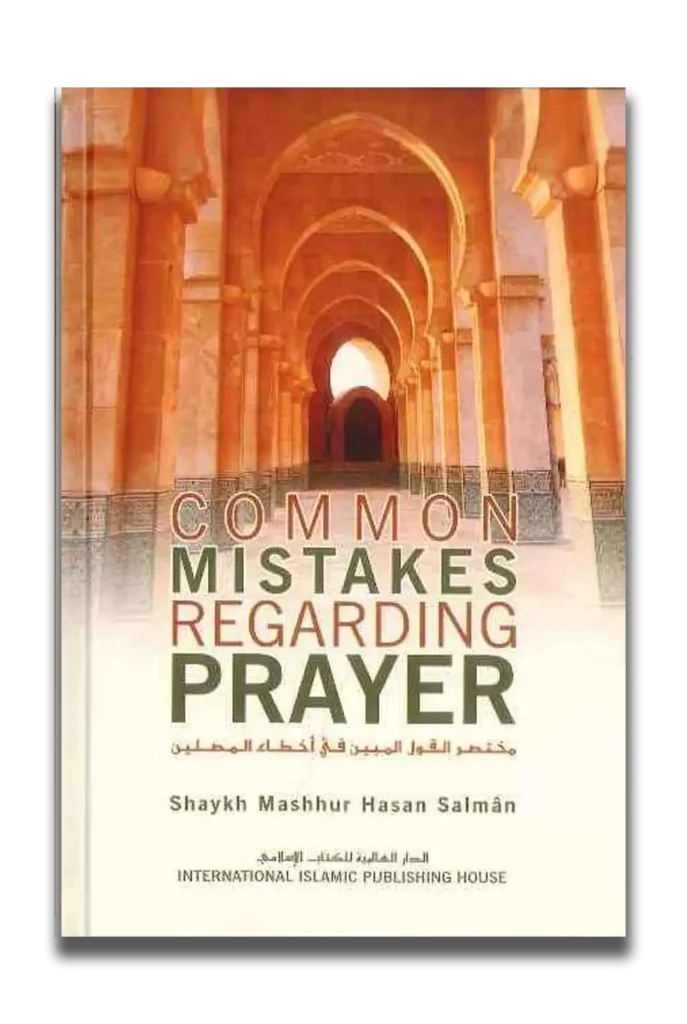City of Girls
Fast delivery within 72 Hours
City of Girls
Out of stock
AED 60.00 Original price was: AED 60.00.AED 45.00Current price is: AED 45.00.
All prices include VAT.
Out of stock
-
Next Day Delivery
Order before 1 PM for next-day delivery within city limits!
-
Remote Areas Delivery
Delivery to far areas may take 4-6 days.

Get quality help in a timely manner

Fast free delivery to your home

Love it or return it within 7 days!

Your safety is our priority.
City of Girls by Elizabeth Gilbert
Plot Summary
City of Girls is a novel by Elizabeth Gilbert that tells the story of Vivian Morris, a young woman who leaves her privileged life in Ohio to live with her eccentric aunt in New York City during the 1940s. Vivian becomes involved in the city’s theater scene, where she meets a group of eccentric and charismatic people who change her life forever. The novel explores themes of female sexuality, promiscuity, and the search for true love.
Main Characters
- Vivian Morris: The protagonist of the novel, Vivian is a young woman from Ohio who leaves her privileged life to live with her aunt in New York City. She is beautiful, charming, and determined to make a name for herself in the city’s theater scene.
- Aunt Peg: Vivian’s eccentric and flamboyant aunt who takes her in and introduces her to the city’s theater scene.
- Eric: A charming and handsome young man who becomes Vivian’s love interest.
- Celia: Vivian’s best friend and confidante, who is also involved in the theater scene.
Themes
- Female sexuality and promiscuity: The novel explores the theme of female sexuality and promiscuity in a way that is both honest and empowering.
- True love: The novel explores the idea of true love and whether it is possible to find it in a world that is often focused on superficial relationships.
- Identity: The novel explores Vivian’s search for her identity and her place in the world.
Style and Tone
- The novel is written in a lyrical and engaging style, with a tone that is both humorous and poignant.
- The novel is divided into two parts, with the first part focusing on Vivian’s experiences in New York City and the second part focusing on her reflections on those experiences as an older woman.
Reception
- The novel has received widespread critical acclaim for its honest and empowering portrayal of female sexuality and promiscuity.
- The novel has also been praised for its unique and engaging writing style.
- The novel has been compared to other works of historical fiction and has been praised for its ability to capture the spirit of the 1940s.
Product details
| Weight | 1 kg |
|---|---|
| Dimensions | 21.9 × 3 × 21.3 cm |
| Author : |
Elizabeth Gilbert |
| Format : |
Paperback |
| ISBN-13 : |
9781526610423 |
| Language : |
English |











 ACCA Books
ACCA Books CIMA Books
CIMA Books